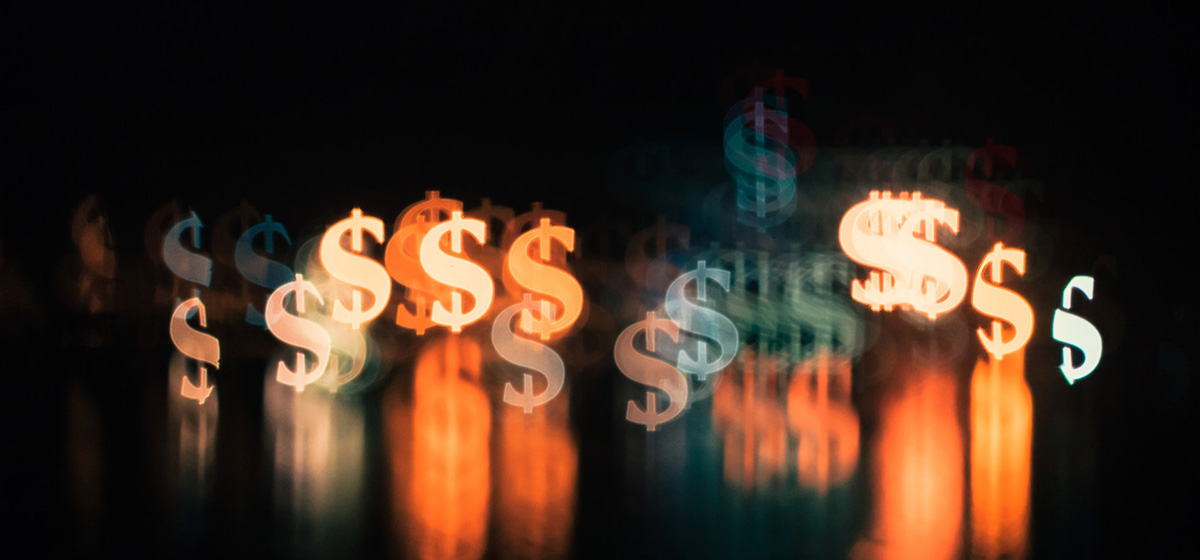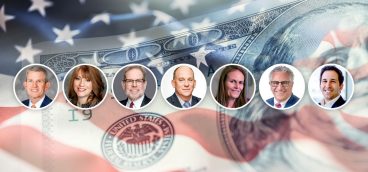How Sharpe Is Your Ratio?

“The Sharpe ratio is oversold.” — William F. Sharpe
If the Sharpe ratio didn’t exist, I swear the financial industry would have to shut down. Originally developed by William F. Sharpe in the 1960s, he called it the “reward-to-variability ratio.” Sharpe first described the ratio in a paper published in the Journal of Business in 1966.
As an interesting aside, Sharpe won a Nobel Prize in 1990 primarily for his development of the capital asset pricing model (CAPM), a foundational idea in finance theory. But when Sharpe submitted his article on CAPM to the Journal of Finance in 1962, the paper was rejected. Sharpe protested, but the journal didn’t publish one of the most famous financial papers ever written until two years later, after the editorial board had turned over.
One of the benefits of the Sharpe ratio is that it is (apparently) easy to understand and (apparently) easy to calculate. The ratio is simply a way of understanding how much return an investment has produced relative to the risk the investment has experienced.
Assume, for example, that the risk-free rate available at the time the investment was held was 2 percent. Assume further that the investment produced a return of 9 percent with an experienced volatility (Standard Deviation) of 6 percent. The Sharpe ratio is simply (9-2)/6 or 1.2. Any ratio over 1.0 is good, and the higher the better. Ratios under 1.0 are bad; you didn’t get enough return to justify the risk you took.
That, at least, is how investors mostly understand the Sharpe ratio. But there are serious issues here. Some of them are well-known, though not well-grasped, by investors who live and die by Sharpe ratios, while others are virtually unknown or at least ignored.
Time dependence
Almost thirty years after his original paper introducing the Sharpe ratio appeared, Sharpe published a paper called “The Sharpe Ratio” in The Journal of Portfolio Management (Fall 1994) in which he called attention to some issues with the ratio that investors were overlooking. One of these was the “time dependence” of the ratio, often complicated by serial correlation (see below).
If period returns are simply summed, the Sharpe ratio calculation should be reasonably accurate. But in most cases return streams from investments are compounded, which, as Sharpe put it dryly, “makes the relationship more complicated.” The same is true in spades for multi-period risk measures like Standard Deviations and even for estimating risk-free rates over moving periods of time.
Serial correlations
Why is it that investment funds with terrific Sharpe ratios so often blow up? Consider Long-Term Capital Management (Sharpe ratio 4.4) and Malachite (Sharpe ratio 1.2). Typically it’s because of serial correlations in the return stream that didn’t show up because the monthly return sets were too short. In other words, the returns over time weren’t random but were instead related to each other in some way.
If returns aren’t serially correlated—that is, their serial correlation is measured at zero—then the Sharpe ratio is likely to be reasonably accurate and useful. But as serial correlations skew toward one, the Sharpe ratio becomes increasingly meaningless.
Future versus past returns
Sharpe developed his ratio to measure expected returns in the future, not to look backward at historical returns. But almost everyone in the financial industry uses Sharpe ratios to measure past performance. And just as “past performance doesn’t guarantee future results,” past Sharpe ratios have, in most cases, little relationship to future performance.
The ratio is designed to assess entire portfolios
Sharpe used the Sharpe ratio to measure the expected risk-adjusted return of mutual funds. Thus, measuring the Sharpe ratio of your overall portfolio makes perfect sense. But investors have broadened the use of the ratio to virtually every conceivable investment, including individual stocks, which aren’t managed at all. Does anyone actually believe that the Sharpe ratio of Tesla stock—which can easily be calculated—has anything meaningful to say about whether Tesla is a buy?
Well, yes, Goldman Sachs thinks so. Goldman has developed a “high Sharpe ratio index” of stocks that have, well, high Sharpe ratios. What Goldman does is to take financial analysts’ consensus twelve-month price targets for individual stocks, which are notoriously inaccurate, and then calculate six-month implied volatility (using the options market) to come up with Sharpe ratios for every stock. The stocks with the highest Sharpe ratios are the ones you should buy, says Goldman.
In fact, you will not be surprised to learn, Goldman has found a way to make money on this strange idea. They have created an ETF, the Goldman Sachs High Sharpe Ratio ETF, to make it easy for you to invest in this manner. Good luck with that.
Correlation with other assets in your portfolio
Probably the biggest mistake investors make is to assume that you can build successful, robust portfolios by simply hiring only managers and funds that have good Sharpe ratios.
Really, we should know better. Way back in 1952 Harry Markowitz pointed out that by adding, to an existing portfolio, assets with low correlations to each other you could improve the portfolio’s risk-adjusted return. You could even, in some cases, add lower-returning assets and actually increase the overall return of the portfolio. Harry got the Nobel Prize for this insight (he also won the John von Neumann Theory Prize).
The same rule holds for Sharpe ratios. What matters isn’t how great a manager’s Sharpe ratio is, but whether, as you add managers with different Sharpe ratios to your portfolio, you are diversifying appropriately. Very often, adding a manager with a lower Sharpe ratio will improve your portfolio significantly more than adding a manager with a higher Sharpe ratio. In fact, since many funds with high Sharpe ratios are simply exposed to the same factors, putting several of them in your portfolio is asking for trouble.
Selecting funds without reference to their Sharpe ratios may be hard work, but it’s better than a poke in the eye with a Sharpe stick.





